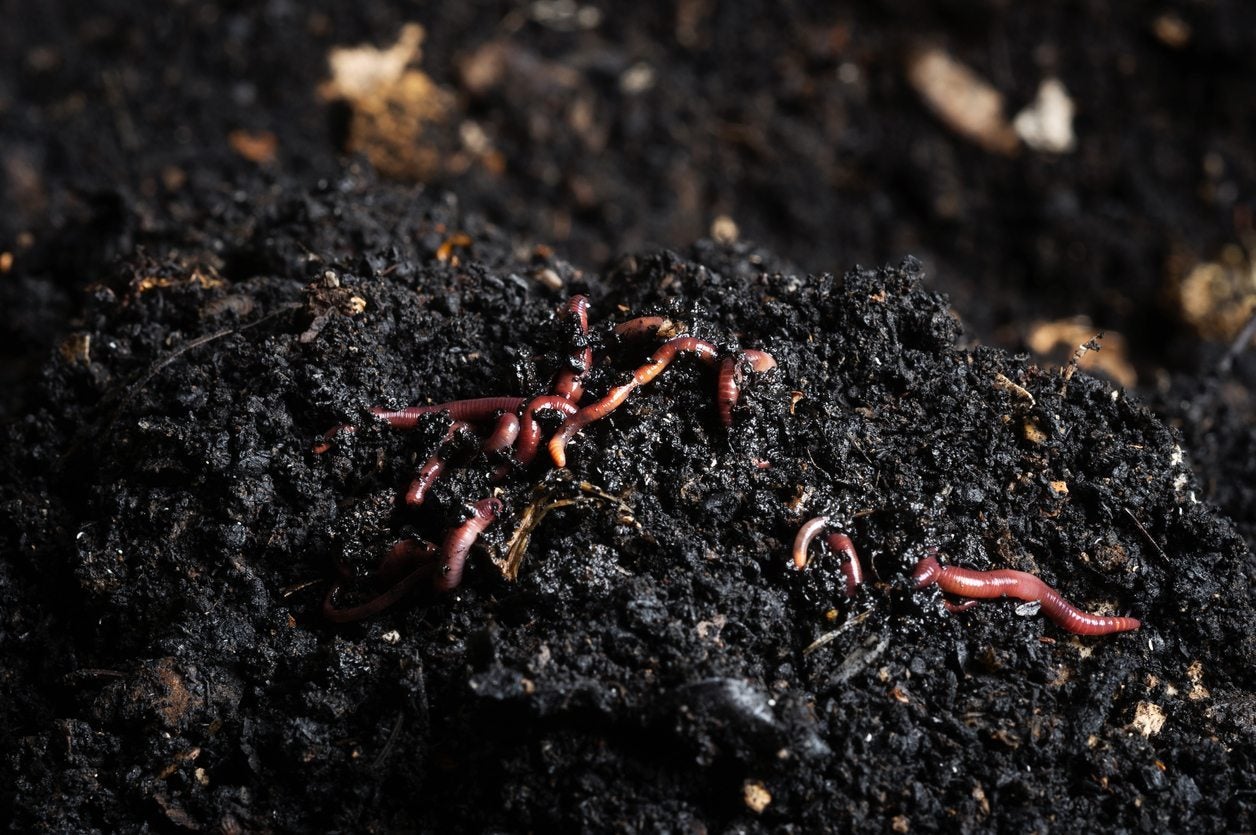Worm Bed Benefits: Learn About Worm Beds In Gardens


Have you ever thought of raising earthworms? Not as pets, but as a way to create more compost and enrich your garden soil. Worm beds in gardens are not difficult to make and maintain and can help you get more out of your kitchen waste and compost.
What are Worm Beds?
A worm bed is essentially a larger version of a worm bin, an ecosystem for raising and feeding earthworms. Worm bins are easy to find at any gardening store, but they are small and limiting. A worm bed, on the other hand, is a larger space that you can construct in your yard to get more earthworms and more benefits. Worm bed benefits include having more space to raise worms and, therefore, more space to produce additional compost. Another reason to create a worm bed rather than simply using a small worm bin is that you can start a little side business raising and selling worms for composting or even as bait.
How to Build a Worm Bed
Worm beds can be made in a variety of ways and there are a lot of different worm bed ideas out there, from glass fish aquariums to large plastic bins. To truly make a large worm bed, though, the best way is to create a bed that is dug right into the ground in your yard or garden with wooden planks for sides. Start by digging a square or rectangular pit, then line the bottom with cardboard or landscape cloth, and the sides with wooden boards. Alternatively, you can use bricks or cement blocks. Shred and moisten newspaper to make bedding and create a thick, fluffy layer of it in the bottom of the bed. Add worms, soil, and food scraps and watch your worms turn it into rich organic soil and compost. Keep the bed moist and don’t let it dry out or your worms will die. Add more food waste regularly to feed the worms and encourage reproduction. Keep in mind that if you don’t seal the bottom of the bed, the worms will move from the bed to the soil and back. If you want to keep them strictly in the bed, secure landscaping cloth to the sides. If you use red wigglers instead of earthworms, you will need a lid for your bed. They won’t get away through the soil, preferring to stay in the organic layer, but they may crawl out. Just be sure to drill holes in the top for fresh air. Before long, you’ll have a thriving community of worms and plenty of rich compost for your garden.
Sign up for the Gardening Know How newsletter today and receive a free copy of our e-book "How to Grow Delicious Tomatoes".

Mary Ellen Ellis has been gardening for over 20 years. With degrees in Chemistry and Biology, Mary Ellen's specialties are flowers, native plants, and herbs.